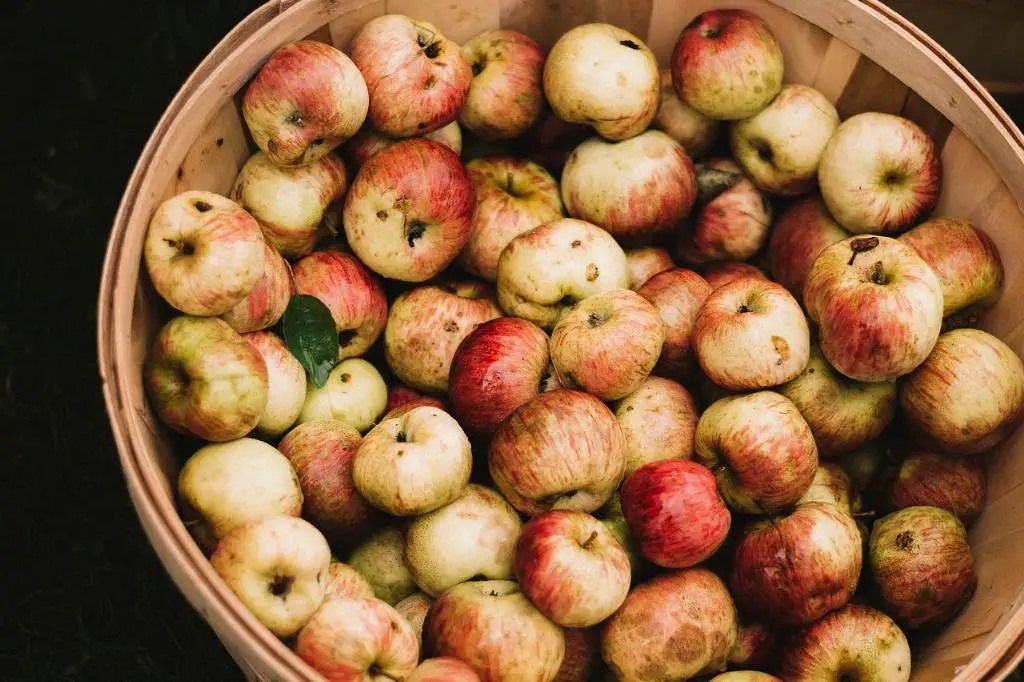If you’ve ever made homemade cider, you know just how delicious and satisfying it can be. The crisp apple flavor, the hint of sweetness, and the comforting warmth make it a favorite beverage for many during the fall season. But what do you do when you have an abundance of cider and want to make it last longer? In this article, we’ll explore different methods to preserve your homemade cider, ensuring it stays fresh and flavorful for an extended period of time.
Skimming off Foam and Proper Pouring
Before preserving your homemade cider, it’s important to skim off any foam that may have developed during the fermentation process. The foam can introduce unwanted bacteria into the cider, potentially compromising its quality and longevity. Once the foam is removed, it’s time to pour the cider into appropriate containers.
Choosing the Right Containers
When it comes to preserving homemade cider, it’s crucial to use clean and sanitized containers. If you prefer plastic, make sure the containers are specifically designed for food storage and are heat-resistant. Glass jars are another excellent option, as they are non-reactive and won’t affect the taste of your cider. To prepare your containers, heat them and sanitize them properly before pouring in the hot cider.
Refrigerating for Short-Term Storage
If you plan on consuming your homemade cider within a couple of weeks, refrigeration is the way to go. Once you’ve tightly sealed the containers, place them immediately in the refrigerator. The cooling process helps preserve the cider’s freshness, keeping it at its peak flavor. When ready to enjoy, simply pour a glass and savor the taste of your homemade creation.
Freezing for Long-Term Storage
If you want to extend the shelf life of your homemade cider, freezing is a fantastic option. Begin by pouring the hot cider into plastic or glass freezer containers, leaving a small amount of headspace for expansion. Make sure the containers are airtight and well-sealed to prevent any freezer burn. Once the cider has cooled completely in the refrigerator, transfer it to the freezer for long-term storage.
Thawing and Enjoying Frozen Cider
When the time comes to enjoy your frozen cider, it’s essential to thaw it properly. Place the container of frozen cider in the refrigerator and allow it to thaw slowly. This gradual process helps maintain the cider’s flavor and texture. Avoid thawing at room temperature or using a microwave, as these methods may compromise the taste and quality of your cider. Once thawed, simply give it a good stir and pour yourself a glass of homemade goodness.
Refreshing the Cider’s Flavor
Whether you choose to refrigerate or freeze your homemade cider, you might find that over time, the flavor diminishes slightly. No worries! You can easily refresh the cider’s taste by gently reheating it on the stovetop. Warm the cider over low heat until just steaming, being careful not to let it boil. This gentle reheating process helps revitalize the flavors, bringing back the original taste and aroma of your homemade creation.
Exploring Alternative Preservation Methods
While refrigeration and freezing are the most common methods for preserving homemade cider, there are a few alternative techniques you can also consider. One option is pasteurization, which involves heating the cider to a specific temperature to destroy any harmful bacteria. However, pasteurization can alter the flavor profile of the cider, so it’s best reserved for larger batches intended for longer term storage.
Recap and Final Thoughts
Preserving homemade cider is a wonderful way to make your favorite beverage last longer. Skimming off the foam, using appropriate containers, and either refrigerating or freezing are all effective methods to ensure maximum freshness and flavor. Remember to thaw frozen cider slowly, refresh the flavor with gentle reheating, and explore alternative preservation techniques if desired. With these tips in mind, you can enjoy the taste of your homemade cider well beyond the fall season.

